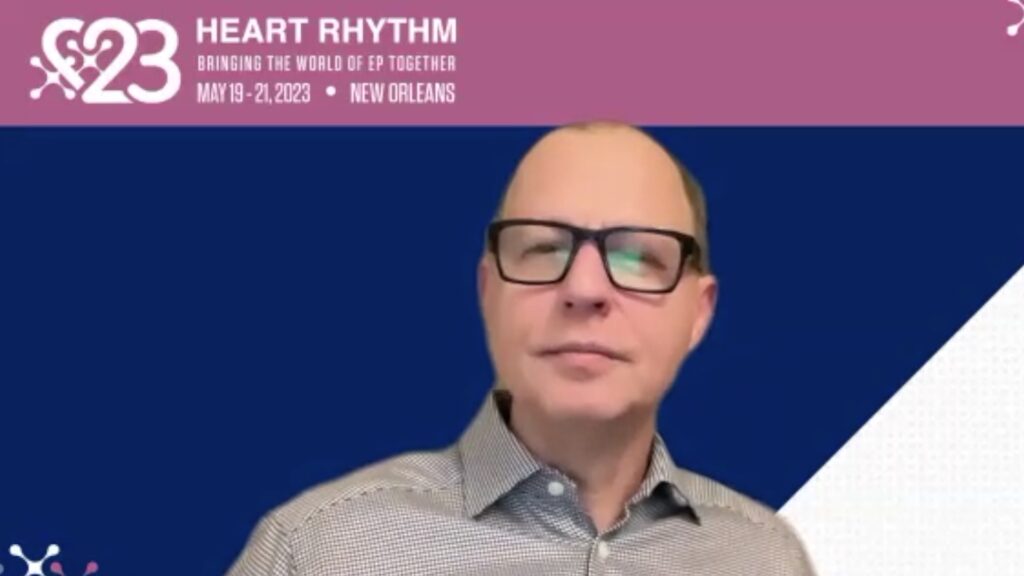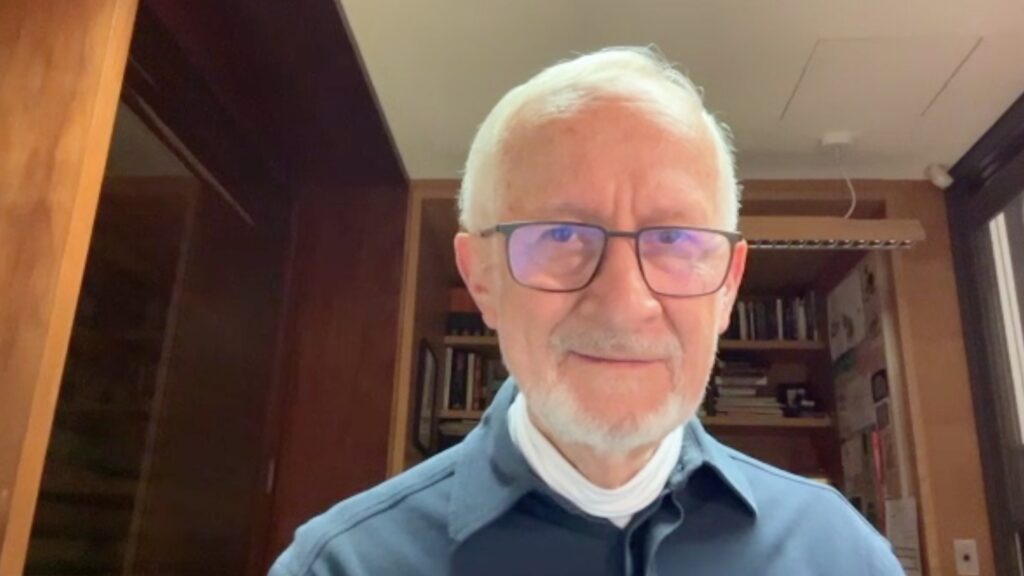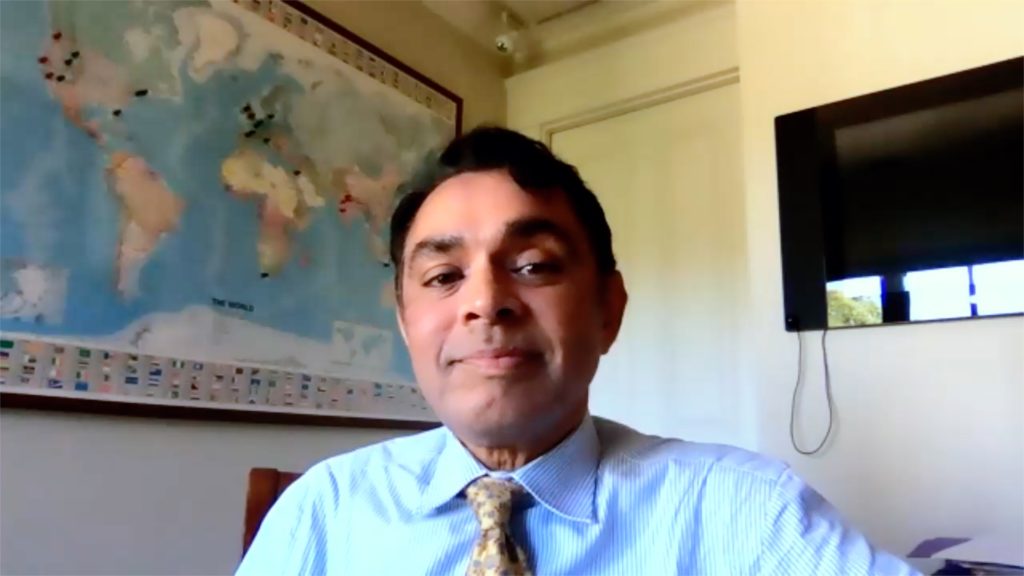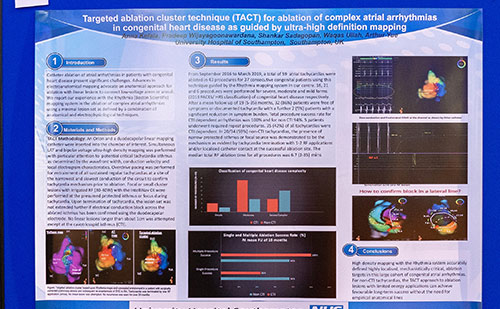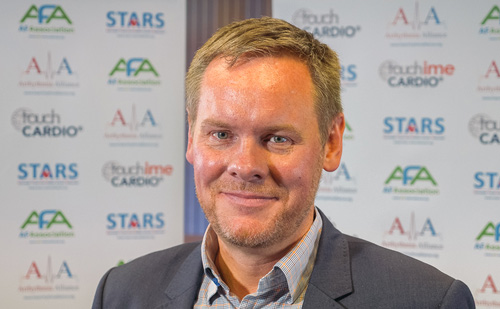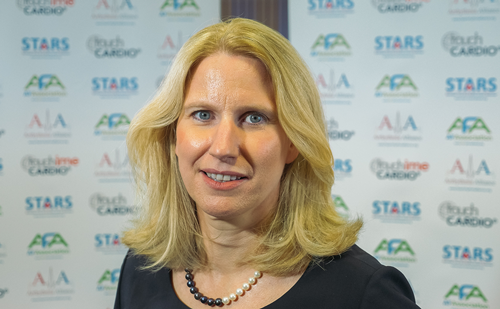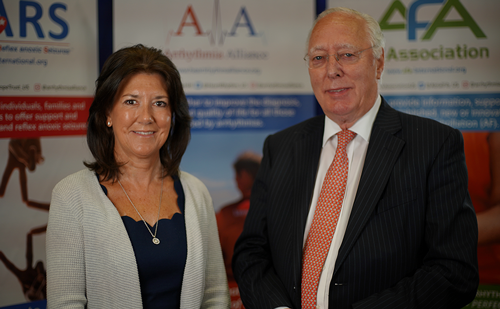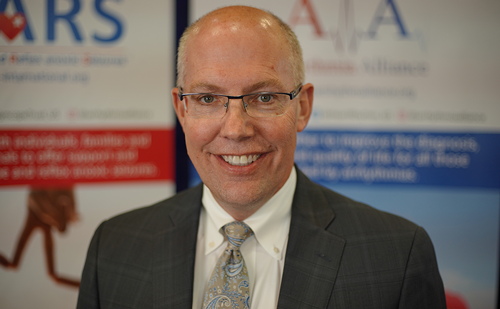Dr Andrew Krahn, President, Heart Rhythm Society (HRS), presents the HRS aims and goals for the coming year, and their dedication to improving the care of patients with heart rhythm disorders through innovation, education, research, and advocacy. Dr Krahn also highlights the member benefits of joining HRS, which include access to the latest research and clinical advancements in the field of heart rhythm disorders, professional networking and career development opportunities, continuing education and access to peer reviewed medical journal content.
The Heart Rhythm Society (HRS) is a non-profit organization dedicated to improving the care of patients with heart rhythm disorders through education, research, and advocacy. HRS is available for healthcare professionals, researchers, and patients seeking the latest information on arrhythmias, including diagnosis, treatment, and prevention. The site features a variety of resources, including clinical practice guidelines, peer reivewed journal articles, educational materials, and patient resources, as well as opportunities for networking and professional development. With a focus on collaboration and innovation, the HRS is dedicated to improving the lives of patients with heart rhythm disorders.
Access more content from Dr Andrew Krahn: Heart Rhythm 2023 & HRX 2023 – The latest Innovations in arrhythmia care and technology
Questions:
- What are your main aims and goals for the Heart Rhythm Society (HRS) in the coming year? (0:59)
- What are the benefits of becoming a member of HRS? (2:19)
Disclosures: Andrew Krahn has nothing to disclose in relation to this video.
Support: Interview and filming supported by Touch Medical Media. Interview conducted by Katey Gabrysch.
Transcript
My name is Andrew Krahn and the President of the Heart Rhythm Society. I’m an electrophysiologist or heart rhythm specialist from Vancouver in Canada, and it’s good to be here today.
What are your main aims and goals for the Heart Rhythm Society (HRS) in the coming year?
For me as a HRS President, over the last year, I really tried to make an effort to improve our communication and listen to our members and try to understand what’s important, and then try to address that. We’re a very heterogeneous community and I’m excited to be part of that leadership, but we really are trying to seek those people who are participating in our programs and activities and our members and the larger community to see how we can do this better and advance our field. Attending our meetings, being part of this community and membership, these are the aspects of things that I think are going to advance our field. I’m grateful for the opportunity to have been in leadership. Well, we’re most of the way through this cycle, and there’s a couple of months left on my term as president, and I’ll be passing the torch to Jodie Hurwitz, and she’ll be taking over in May 2023, and part of setting the table for next year has been a strategic planning exercise. The board met in January. The whole process of doing this has taken us a good part of the year, and we’re looking forward to launching that in this new year. There are three main themes for our new strategic plan. The first is promoting advocacy and awareness. That’s been a very hot ticket this last year, and it’s something that clearly members want us to be more visible and active in that space. The other is fostering innovation, and you can see some of that when we go through the discussion about our annual meeting at our next meeting as well. The third one is advancing knowledge. This is something where we feel that we can be the repository and the convener for that kind of expert knowledge as it applies to patients in our field. So those three themes and how it’s going to play out are going to be the major domains in which you’ll see us implementing programs, investing our resources and our focus and so on.
What are the benefits of becoming a member of HRS?
I think the benefits of being a member at age for us are really belonging to something that you believe in. We all want that in a number of sectors in our life, and I think that’s definitely the truth. In the case of HRS, this a community that we live in the opportunity to serve and exchange and learn and move the needle on advancing care for our goal, which is to end death and suffering due to heart rhythm disorders. This is something that’s very important and gives a feeling of community and belonging. It’s why we chose our profession is why we’re so committed to our patients. It’s why we are always looking to try to improve what we’re doing. From a pragmatic perspective, membership then feels like it creates a number of different opportunities. If you look in the learning space, for example, you have access to our journals, both digital and a paper copy. We have a platform for learning heart rhythm. 365 we have core concepts, which is the basic fundamentals. It’s for physicians and Allied professionals, and it’s expanding rapidly. There’s discounts in a number of different things, including meetings or virtual content, complimentary subscriptions to keeping pace inside hrs there’s find a specialist. There’s a number of these different, you know, pragmatic benefits that are a big part of being an HRS member. But really, in fact, it’s in the intangible experience of belonging to something that happens, and you’ll feel that when you come to the meeting, when you attend content where the materials that you’re learning about or hearing about change, how you practice, those are the things that really bring value to being part of the community. I encourage people to go to our US online forum, look at the membership side of things. I think there’s lots of value in feeling like you belong to part of something that’s really advancing our field for our patients.
Subtitles and transcript are autogenerated



